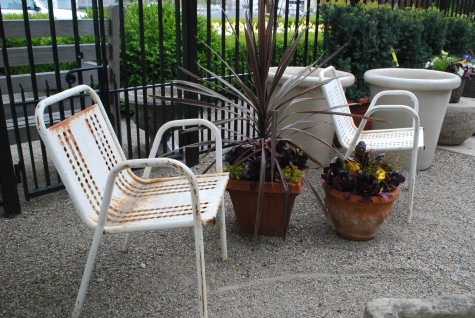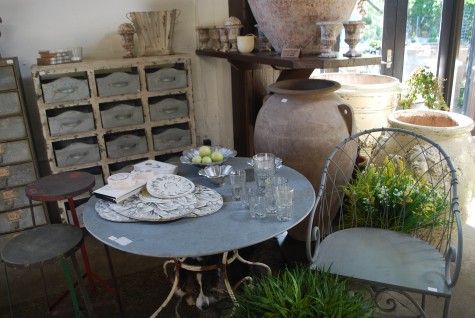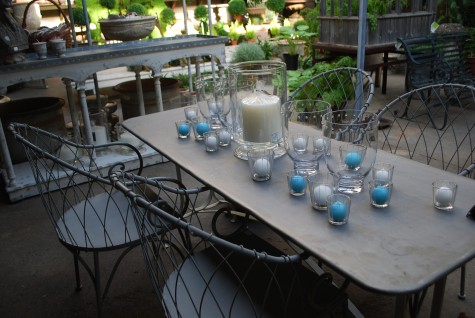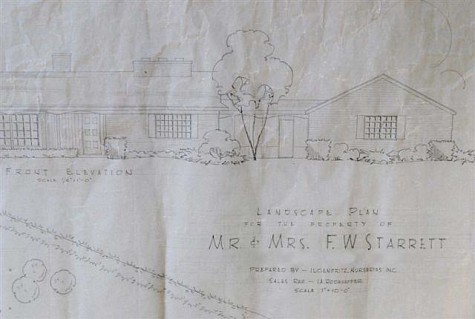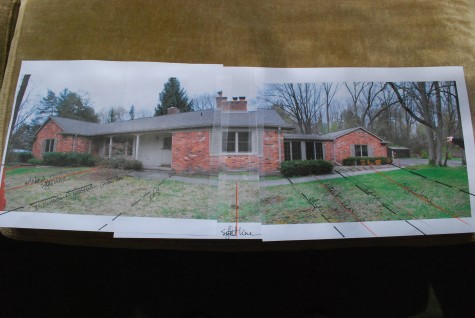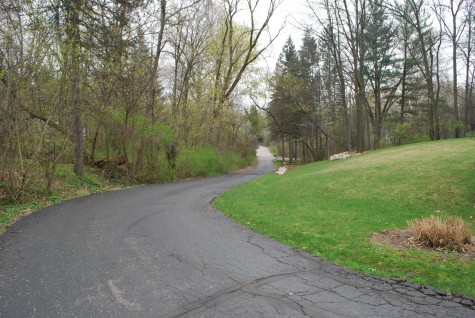From Roy H Williams: “According to String Theory, what appears to be empty space is actually a tumultuous ocean of strings vibrating at the precise frequencies that creates the four dimensions you and I call height, width, depth, and time.” I know, it takes time for a sentence like this to sink in. Should you truly be interested in string theory, I can say that Steven Hawkings has more than a passing interest in it-check it out on Wikipedia, and read on. I have a much less scientific interest in this theory. I have more of an interest in depth as a key element of good design.
Landscape design is much about numbers and measurements. The height of a pergola and the width of a sidewalk, the turning radiuses of UPS trucks, the angle of the sun in the fall, grades, fall, drainage schemes, the angle of repose, ppms of fertilizer, the plants needed per square foot, the face feet of stone required, the longevity of certain species of trees, the composition of soil, proper planting practices, and scale drawings-the accumulation of knowledge of these things begins to make for a design judgment with depth. The more “strings” I can become familiar with means I am one step closer to a “tumultuous ocean of strings”. I am thousands of strings short of a Kathryn Gustafson or a Beatrix Farrand, but I have accumulated a few strings along the way. I doubt I will ever understand the scientific meaning of strings, but I can understand how many different threads woven together can create something new altogether. Given a little poetic license, imagine how a great landscape that is a tumultuous ocean of strings might go on to makes an utterly memorable and emotionally charged four dimensional sculpture. Sensational-yes.
The depth of the ocean is not really so much different an idea than the depth of a person’s knowledge. Though it is so easy to look up the cultural requirements of hellebores, possessing depth on the subject means growing them, over and over again, in lots of different environments. Should you wish to grow gorgeous hellebores, put your hands in the dirt. Or find someone whose hands will gather that knowledge for you. Given this, my most trusted source on the subject of choosing perennials for a particular place is a grower who has grown many hundreds of thousands of plants in his career-both at work, and at home. His depth is vastly greater than mine. Once I have heard his string, I may accept it, or move on.
There are those times when making a right choice about which plants to use is not the best choice. Some out of the ordinary plantings are worth taking a chance on. This means that the string which is about the scientific choice is reverberating with a string of another sort. It might be a visual string, or a string about memory, or a string about geometric relationships. This may sound like loads of gobbledegook, but the chance that it may resonate is just as great. The depth of any gardener’s life, knowledge as aspiration, makes for quite a stew. The same is true for garden designers. If you are a gardener looking for a designer, see how many strings they have to put to your project. See if your strings will harmonize with theirs.
I have posted, and have more posts to come, involving schematic plans. I rather dislike landscape plans with too much detail in the beginning. It is a rare project that takes me more than 8 hours to conceptualize. How so? Clients have every right to expect that I have depth in design and horticulture. That I am educated, and keep up with what is new. The depth of my understanding of their needs and requirements for the landscape-they need to assess that on their own. But they can expect that I have experience. That I will know what visual and horticultural relationships work. And all of those numbers-I know them. I provide an overall idea in a conceptual plan, given how I hear all the strings resonating in concert. A client, should I manage to interest them, responds by stringing up an instrument all of their own. All of the details come from their strings. They need a kitchen garden here, and not there. They like this stone-not that. A place to plant with their kids-where will that be? A place to entertain family. A memory of a certain tree, or a certain garden. An idea of what beautiful looks like. It is the relationship forged over these details that makes for that tumultuous ocean of strings. Not everyone knows how to create or facilitate that, but everyone knows what it sounds like.
Listen to see if that idea for your garden rings true. Is there a depth of strings reverberating? Any move in a landscape or garden that is more about a look than a life that has depth will sound like a spoon hitting a tin can. You’ll know when you need to invite a few more strings to the concert.










